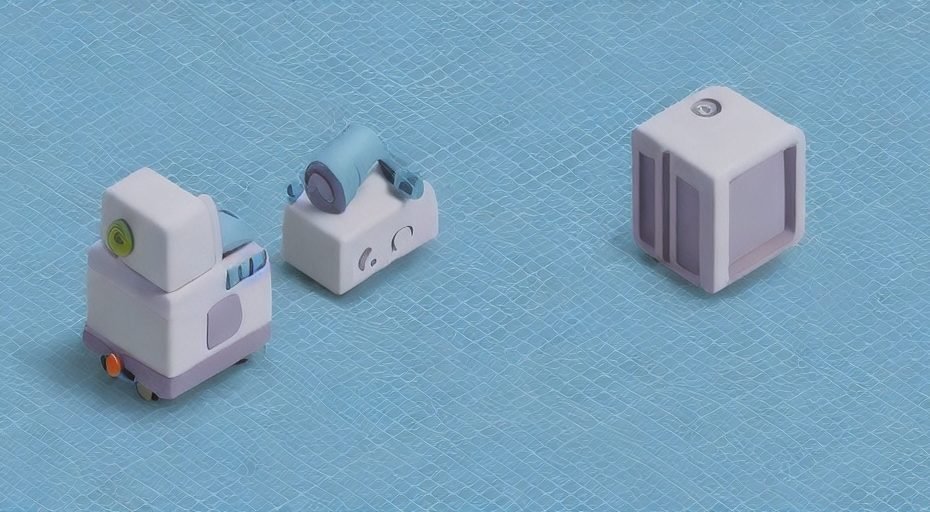What are Linear Generators?
Linear Generators are innovative devices that play a pivotal role in advancing sustainable energy solutions. They are unique electromechanical devices designed to convert linear motion into electrical energy. By which they offer an efficient and environmentally-friendly power generation technique. The functioning of these depends on the ideologies of electromagnetic induction or electrostatic principles. That enables the conversion of kinetic energy into usable electrical power. Linear generators are adaptable and find applications in various sectors, such as connecting renewable energy sources like wave and tidal energy. And also powering electric vehicles and trains. Hence there is potential to reduce carbon footprints and increase energy efficiency.
Understanding Linear Generators
Since Linear Generators permit a comprehensive grasp, these innovative systems are designed to convert linear motion into electrical energy that helps position them at the forefront of sustainable power generation. Exploring the details of their operation and components reveals the versatility of these machines. Their applications extend renewable energy sectors as well as transportation, like electric vehicles and trains. Really, understanding linear generators unlocks a promising future in the realm of clean energy solutions.
1. How Linear Generators Work
The electromechanical generators are designed to efficiently convert linear motion into usable electrical energy. They achieve this through the creative application of electromagnetic induction or electrostatic ideologies. This allows them to connect the kinetic energy and transform it into electricity. The basic components of a linear generator include coils, magnets and a convertor that facilitates linear motion. As the converter moves in response to an external force, the relative motion between coils and magnets induces an electrical current.
2. Basic Components and Mechanisms
Understanding the fundamental components and mechanisms is paramount. Where these sophisticated devices rely on a well-coordinated interaction of advanced elements to connect the power of linear motion and convert it into electrical energy. Mastering the details of these components and mechanisms unlocks a world of sustainable energy possibilities.
3. Types of Linear Generators: Electromagnetic and Electrostatic
Within the realm of Linear Generators, two prominent types stand out: Electromagnetic and Electrostatic. The Electromagnetic linear generators operate on the principle of electromagnetic induction, where the relative motion between coils and magnets generates electrical energy. On the other hand, Electrostatic linear generators harness the phenomenon of electrostatic principles to convert linear motion into usable electricity. Each type claims its unique advantages and applications, making them pivotal players in the chase of sustainable energy solutions. Understanding the differences between these Linear Generators facilitates informed choices for diverse power generation needs.
Applications of Linear Generators
Linear Generators have emerged as a versatile and eco-friendly solution, transforming kinetic energy into electrical power across various sectors. Let’s explore the diverse range of applications where they are making a substantial impact:
Power Generation from Renewable Sources: These play a crucial role in harvesting energy from renewable sources where they excel in Wave Energy Conversion, where the motion of ocean waves is harnessed to generate electricity. Similarly, Tidal Energy Harvesting utilizes linear generator technology to capture the energy from tidal movements, providing a reliable and consistent power source.
Solar Linear Generators: In the realm of solar energy, linear generators enhance the efficiency of solar panels. These Solar Linear Generators convert sunlight into electricity more effectively, making solar power generation even more efficient and viable.
Transportation Sector: Linear generators contribute to greener transportation solutions. In the Transportation Sector, they are employed in Trains and Railways, where they assist in propelling electric trains, reducing emissions and promoting energy efficiency. Moreover, these find application in Electric Vehicles, providing clean and efficient energy for these vehicles’ operation.
Industrial and Commercial Uses: In industrial and commercial settings they serve as Backup Power Generators, ensuring a reliable and uninterrupted power supply during emergencies and grid failures. Moreover, these generators facilitate Waste Heat Recovery in industries, converting waste heat into valuable electricity, making processes more energy-efficient.
Off-Grid Applications: These prove invaluable in off-grid scenarios, especially in remote areas with limited access to conventional power sources. They can provide a sustainable energy solution for various applications, including remote monitoring stations, communication systems, and small-scale electricity needs.

Challenges and Limitations
Despite their promising potential, Linear Generators also face certain challenges and limitations that require careful attention. Here are some key areas of concern:
Scalability and Size Constraints: Scaling up for large-scale power generation can be challenging. As the size of the generator increases, the complexity of the system and the need for precise engineering also rise. Ensuring optimal performance while managing size constraints is a delicate balance.
Cost and Manufacturing Challenges: The cost of producing with high-quality materials and precision engineering can be a limitation. Additionally, manufacturing processes for certain components might be complex, leading to higher production costs. Overcoming these challenges is essential to make these devices more economically viable.
Maintenance and Reliability Issues: Maintaining the efficiency and reliability of these type of generators over extended periods requires regular upkeep. Components such as coils and magnets may experience wear and tear, impacting performance. Ensuring robust maintenance protocols and reliability tests is crucial to optimize their lifespan.
Addressing these challenges and limitations requires collaborative efforts from researchers, engineers, and manufacturers. Innovations in material science, manufacturing techniques, and predictive maintenance strategies can play a pivotal role in overcoming these obstacles and unlocking the full potential of these generators in sustainable energy applications. By understanding and mitigating these challenges, we can accelerate the integration into our energy landscape, paving the way for a cleaner and greener future.
Conclusion
Linear Generators represent a promising future for sustainable energy solutions as their unique ability to convert linear motion into electrical energy. Opens up diverse applications in renewable energy harvesting, transportation, industry, and off-grid scenarios. While facing challenges in scalability, cost and maintenance, collective efforts in research and innovation can address these limitations. By embracing and advancing this technology, we can cover the way for a cleaner and greener future, reducing carbon footprints and promoting energy efficiency on a global scale. Hence, these hold the potential to revolutionize our energy landscape and contribute significantly to a more sustainable world.

